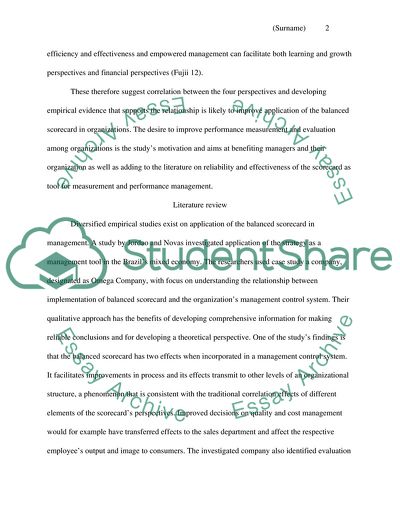Cite this document
(Balanced Scorecard - Case Study Example | Topics and Well Written Essays - 1500 words, n.d.)
Balanced Scorecard - Case Study Example | Topics and Well Written Essays - 1500 words. https://studentshare.org/finance-accounting/1828426-balanced-scorecard-case-study
Balanced Scorecard - Case Study Example | Topics and Well Written Essays - 1500 words. https://studentshare.org/finance-accounting/1828426-balanced-scorecard-case-study
(Balanced Scorecard - Case Study Example | Topics and Well Written Essays - 1500 Words)
Balanced Scorecard - Case Study Example | Topics and Well Written Essays - 1500 Words. https://studentshare.org/finance-accounting/1828426-balanced-scorecard-case-study.
Balanced Scorecard - Case Study Example | Topics and Well Written Essays - 1500 Words. https://studentshare.org/finance-accounting/1828426-balanced-scorecard-case-study.
“Balanced Scorecard - Case Study Example | Topics and Well Written Essays - 1500 Words”. https://studentshare.org/finance-accounting/1828426-balanced-scorecard-case-study.


